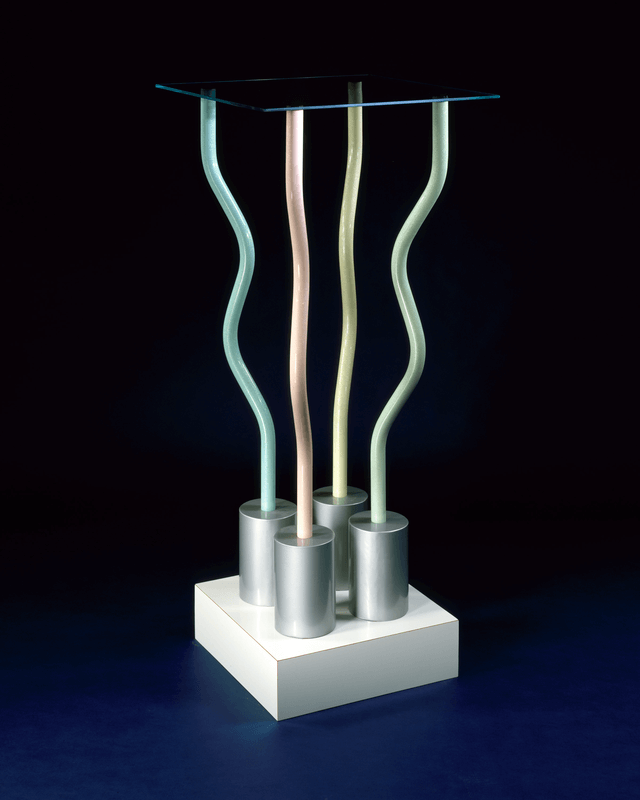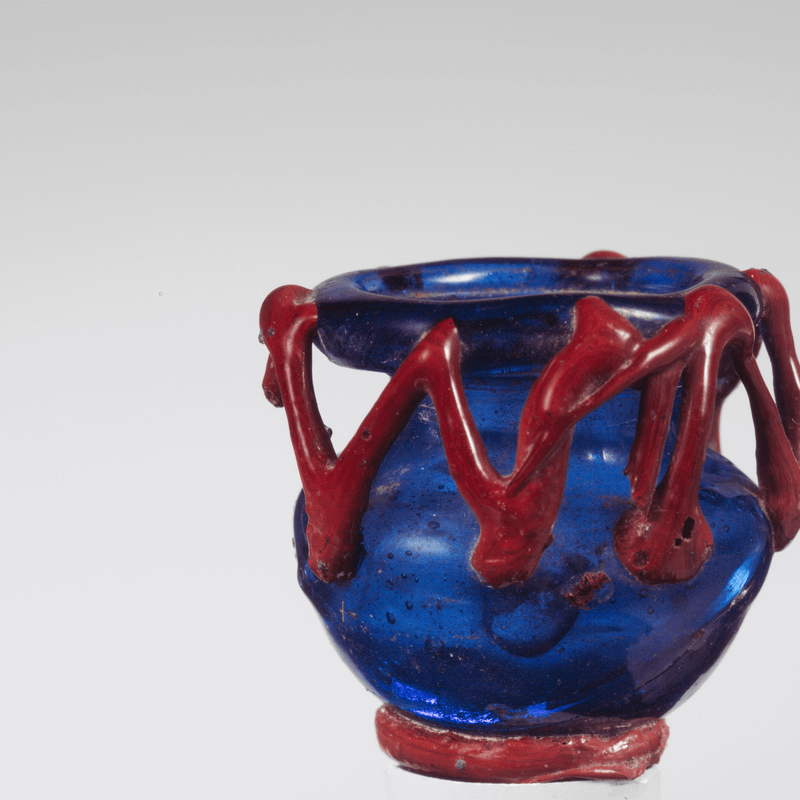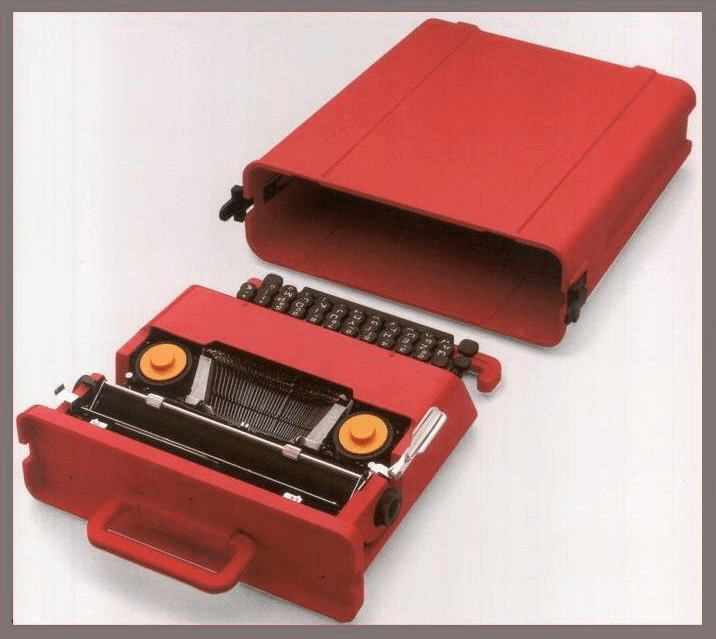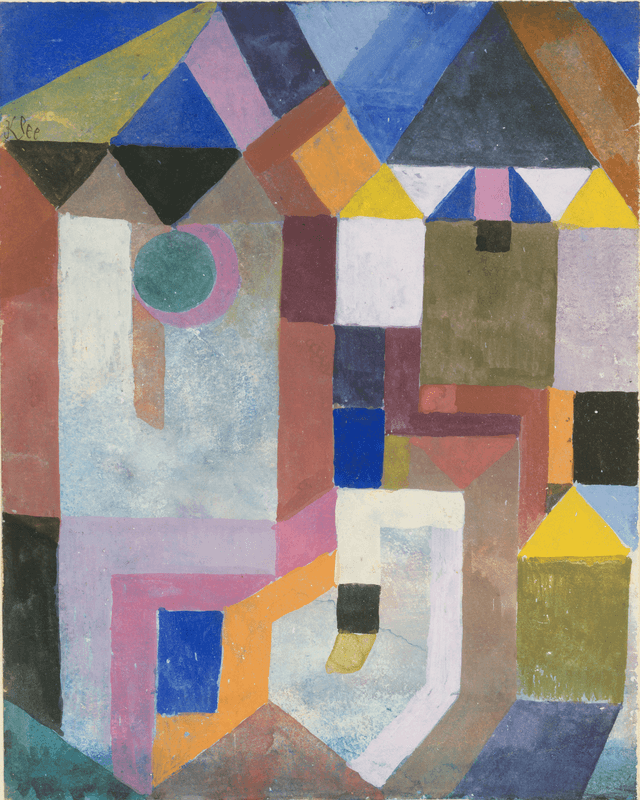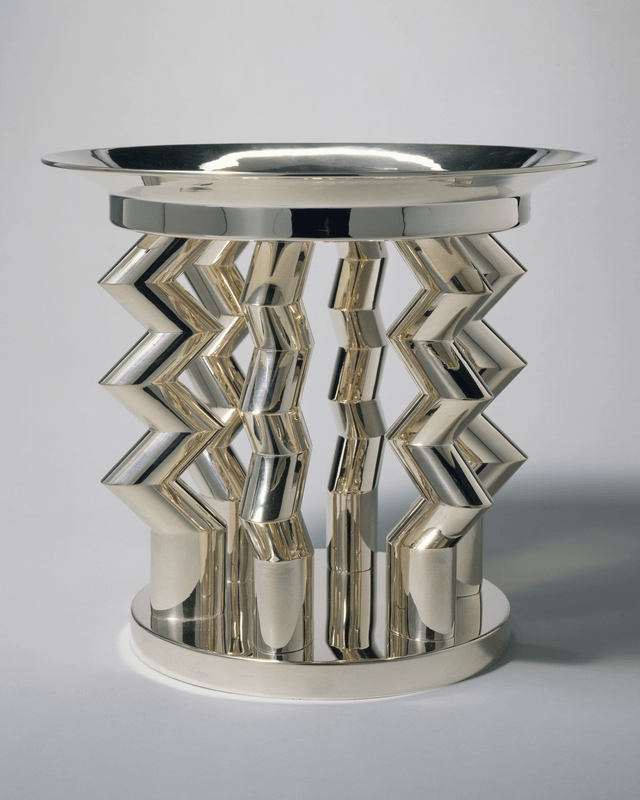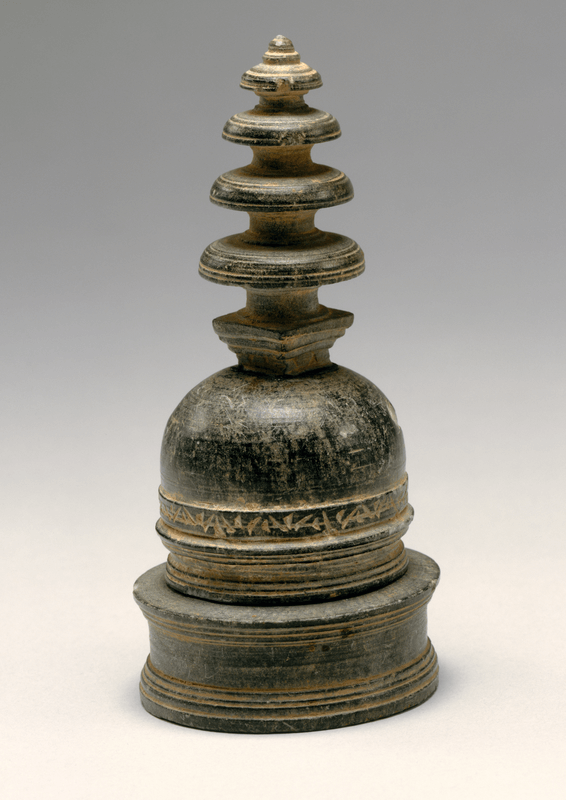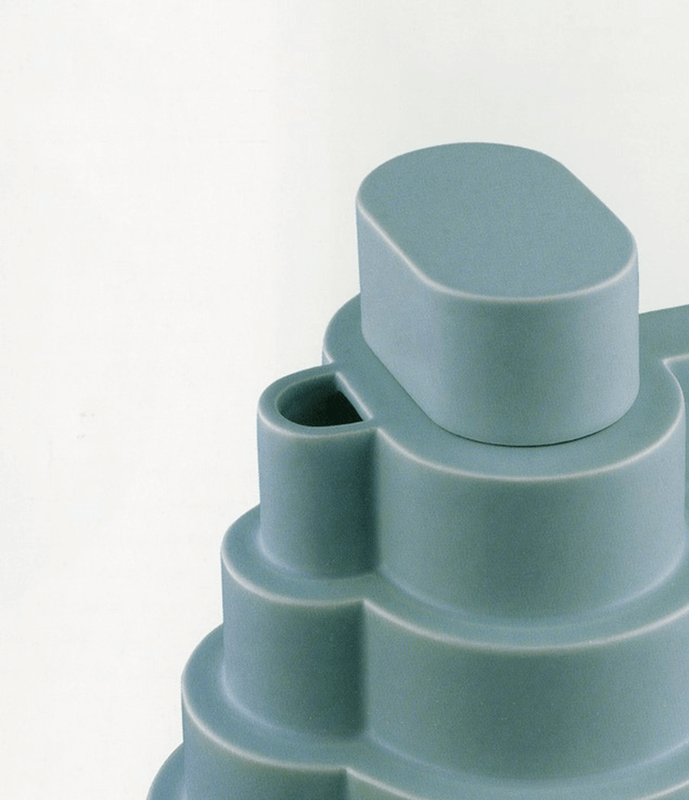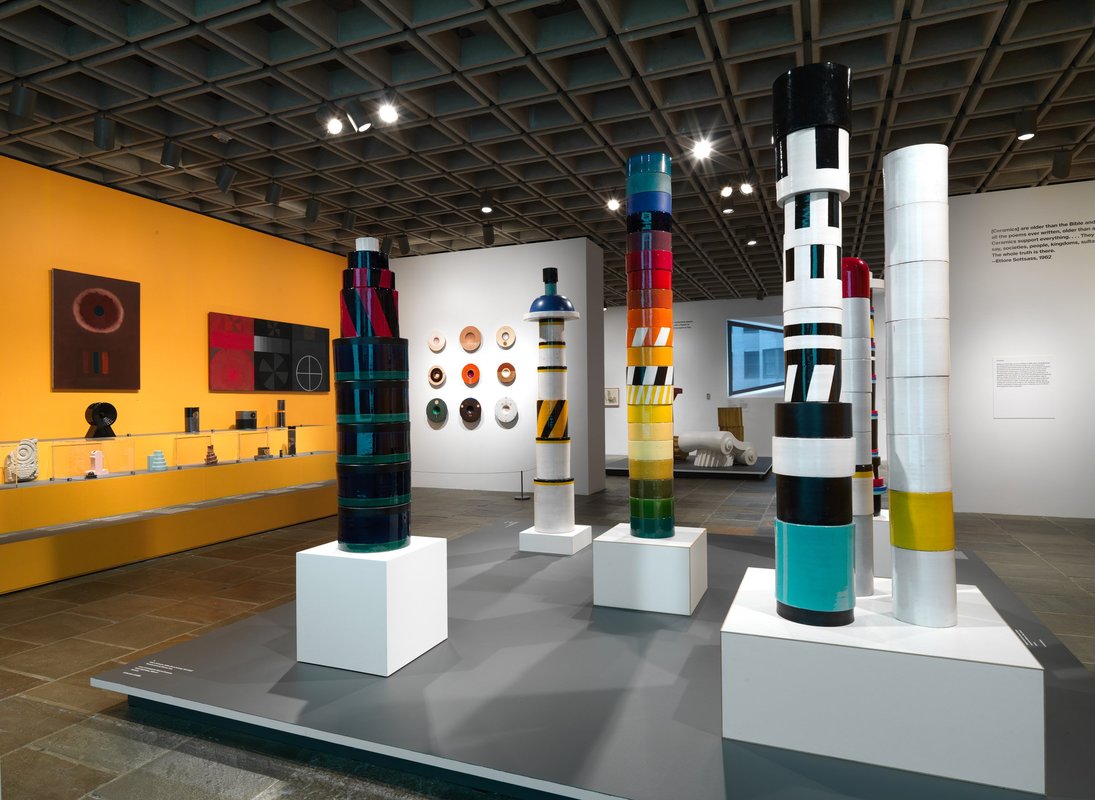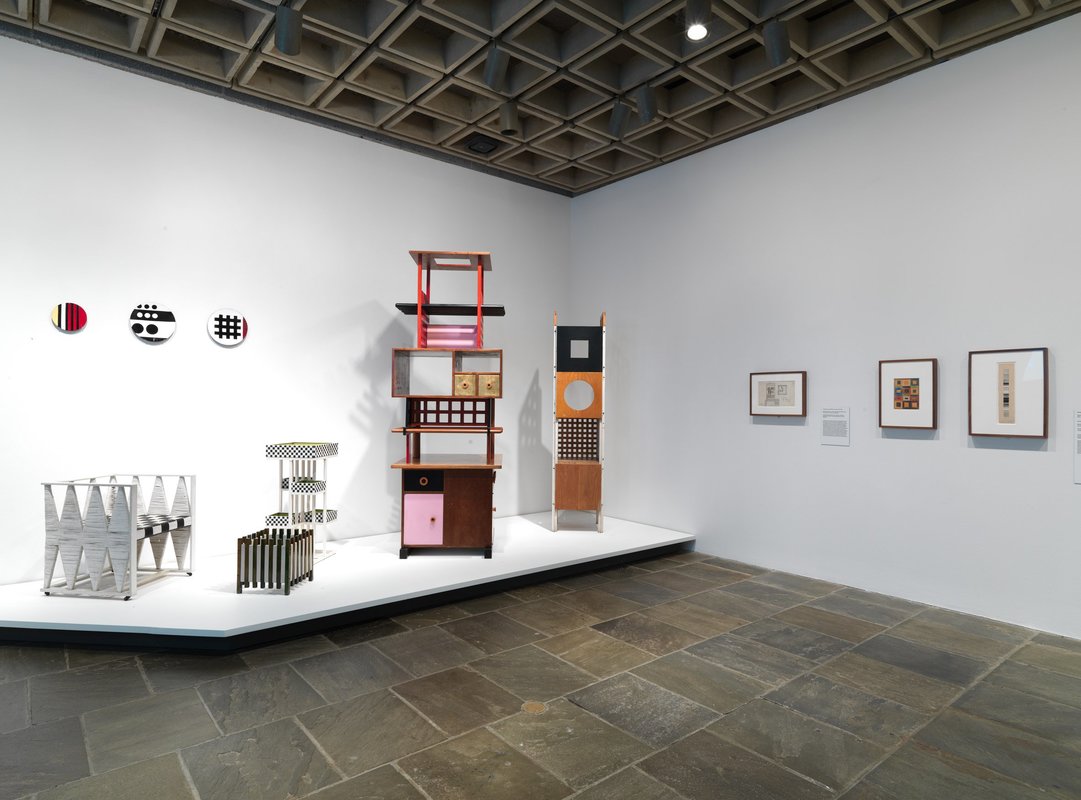While this enormous show, which takes place on the third floor of the Museum brings to light the wide scope of Sottsass’ work, including architectural drawings, interiors, furniture, machines, ceramics, glass, jewelry, textiles and pattern, painting, and photography, it really comes to celebrate the global richness of his world. It shows how this design legend, who was born in Innsbruck, Austria and established his career in Milan in 1947, had conversed with the ancient, with the exotic, with India, and with the contemporary, by offering a juxtaposition of objects that portray those influences. His genius, his success was the product of his ability to freely move and reinvent himself, to shift over and over again, and particularly to rise beyond the powerful modernism, which his father, architect Ettore Sottsass Sr. was so passionate about. starting in the 1960s, he began turning his back to the aesthetics of functionalism, and invented a totally new formula that attained design with symbolism, emotional appeal, narrative, global and historical references. It is then that Sottsass became radical, innovative, and influential, securing a place in the history of design. His travels to the United States and India, his admiration for Bob Dylan whose song Stuck Inside of Mobile with the Memphis Blues Again inspired the name of the famed collective he founded in 1981, Memphis, his fascination with Pop culture and vernacular American diners of the 50s, and his respect for such artists and designers as Piet Mondrian, Jean Michel Frank, Gio Ponti, and Shiro Kuramata, all found their expression in his fascinating work.
The power of this show, which is the first at the Met for Associated Curator Christian Larsen, is that it opens the viewer to the complex and theoretical world of Sottsass, allowing an understanding of his work beyond the aesthetics, beyond the color and the texture. Because, after all, the aesthetic vocabulary is just one, and no always the most important, element in his work.
Above: “Mizar” Vase, 1982; the Metropolitan Museum of Art, Gift of Daniel Wolf, 2017.